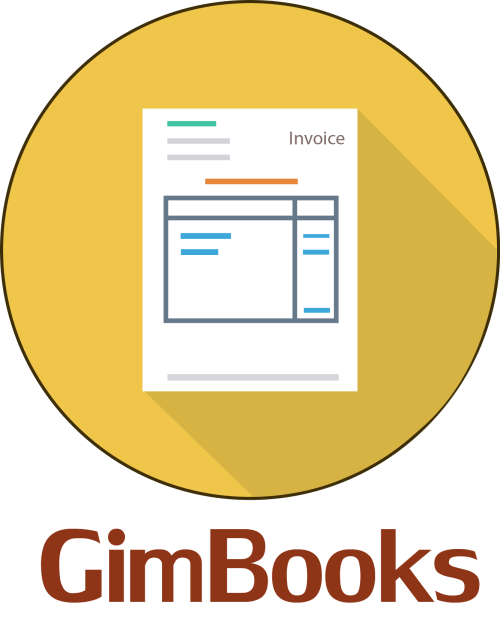Everything you need to know about Dynamic QR Code and B2C Invoices under GST
All supplies made to unregistered persons or consumers are referred to as B2C transactions. B2C invoices are those invoices where the end-user will not be claiming input tax credit (ITC). As of now, B2C invoices are exempt from e-invoicing.
What are B2C Transactions?
Transactions made to unregistered consumers are generally referred as Business to Consumer (B2C) Transactions.
The end user will not be claiming Input Tax Credit from GSTN. After the E-invoicing revolution in India, QR code and B2C invoices became a topic of discussion.
Since the E-invoice system went live, QR code gained popularity.
What is a Dynamic QR Code?
E-invoice is generated for the businesses exceeding turnover of Rs 50 crores and incorporates a dynamic quick response or QR code for enabling Digital Payments on B2C invoices.
The dynamic QR code contains all the relevant information about the invoice like Supplier’s details, GSTIn Number, Amount etc. It can even be scanned and accessed through mobile devices.
As we know that B2C invoices don't require Invoice Reference number, the QR code is still there for the purpose of Digital payments.
What's in the Dynamic QR Code?
Like B2B invoicing, QR code contains all the important details & information about the invoice that is relevant for inspection by tax authorities. They contain following informations:
- GSTIN of the Supplier
- Invoice Number
- Supplier UPI ID
- Date of generation of the invoice
- Bank Details of the payee
- IFSC Code
- Taxes like CGST, SGST, IGST and CESS.
The dynamic QR code of B2C transactions are likely to contain two more informations:
- GSTIN of Recipient
- Payment reference link to facilitate digital transaction.
In the circular, GST Notification No. 14/2020 - central tax - the following additional information is is clarified:
- Digitally Displayed Dynamic QR code - it is available to the recipients through digital display and usually includes digital payment. On scanning the QR code, the recipient can directly make payments.
- Prepaid Invoices - If the payment is done before the generation of invoices then the taxpayer shall also provide cross reference for the payments. And incase, the payment is made after the invoice generation, then it is mandatory to print the QR code on the invoice copy
- Electronic Mode of Payment - When the taxpayer provides customer an electronic mode of payment like UPI Collect, UPI Intent or similar other mode of payments where QR code is not displayed, but the details of the transactions are displayed then the invoice shall be deemed to comply with the requirement of dynamic QR code.
As per GST Notification 14/2020 - Central Tax date, 23-03-2020, the government has made it mandatory for taxpayers with turnover exceeding 500 crores, to display QR code even on their B2C invoices. Then on December 10, 2020, the QR code on B2C invoices was deferred.
IRN for B2C Invoices under GST
It is important to understand the effect of e-invoicing under GST on various business transactions like Exports, B2C etc.
Although the notifications on e-invoicing schema has included B2C invoices, IRN is applicable for B2C. Hence, taxpayers are not supposed to send the B2C invoices to the Government i.e. Invoice registration Portal (IRP). NIC has clarified that if B2C invoices send a request, it will be rejected and if it is sent multiple times, the IRN generation will be blocked.
Thus, IRN is not applicable for B2C invoices.
B2C QR code is not applicable to:
- Turnover below Rs 500 crores rupees in financial years from 2017-18
- Export Transactions
- A financial Institutions
- A goods transporting agency
- Supplying Passenger transportation service.
GimBooks has been proven to be a blessing for all our clients who managed to carry out all the e-invoice generation processes smoothly. Our team has been helping clients with all their queries and extending support in the implementation of the e-invoice mandate.
